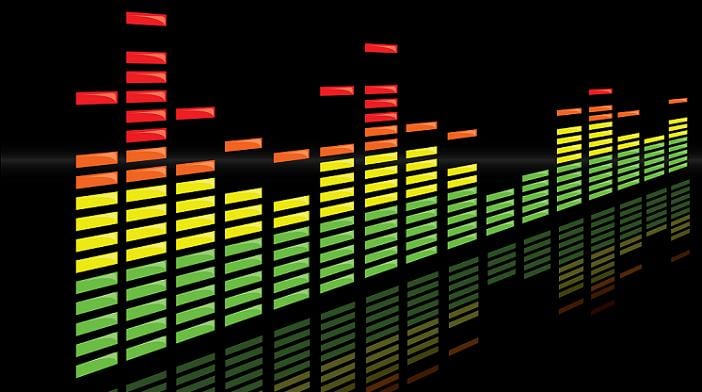 Image via Shutterstock
Image via Shutterstock
Fullness. It’s one thing that separates a great-sounding song from a clearly home-produced song. But how do you get fuller sounding songs? It would be nice if there were a “make my song sound fuller” knob I could turn on. But as far as I know, there’s not (yet).
This is a learning journey I’ve been on myself. And producing music from a walk-in closet, it’s hard for me to get that wide and deep sound. I have, however, learned a few things so far about making my songs sound fuller. Four things, to be exact.
1. Don't be afraid to pan
My friend who’s a mixing engineer recently showed me how generous panning is one of the tricks to a full song.
It’s scary when you start turning that knob to even 50% left or right, but it’s okay. It won’t sound weird when everything starts coming together. It’ll end up giving you a much wider mix.
Of course, it depends on what instrument you’re working with. Like, the main vocals probably shouldn’t be panned more than 50%. I usually like my vocals sitting in the 10-30% range so they stay upfront in the mix. But if you’ve recorded an acoustic guitar in stereo, try panning one of the tracks 60-70% one way and the second track 20-30% the other way.
The point here is don’t be scared to be generous with your panning.
2. Fill the space with delay
Another thing my engineer friend taught me is to add delay to occupy empty space and to just generally fill things out. I’ve found delay to be really useful for transitioning to a new part of a song, to make vocals sound bigger, and to make weird (but fun) sounds.
Here are some general tips for using delay that I’ve found helpful (tips, not rules):
- Don’t go too crazy or else the delay can become distracting and make the song muddier.
- It’s okay to use delay presets (as long as they sound good).
- If you’re using the same delay on multiple tracks, try bussing those tracks to an FX track with the delay applied to it. Then you don’t have to add the same delay to each and every track.
- There’s no special formula -- play around with delay until it has the sound you want.
Whatever you can do with delay to make your song a little beefier, give a shot.
3. Layer up
Grammy-winning artist Jacob Collier is a master at adding layers to his songs. He recently made a song and video with “hundreds upon hundreds of Jacob Colliers” singing the classic “Moon River.”
Imagine trying to mix hundreds of voices. Each voice would have to have their own percentage point during the panning process.
I’m not saying you should try this, but there’s a lesson here. Collier consistently records songs that sound big, wide, deep, and any other kind of 3D measurement you can think of. The key is layers.
During your chorus, you can record a second or third layer of yourself singing the melody. You can add a harmony or two and layer each harmony twice. You can use two layers of a drum machine. Heck, I’ve doubled up bass before.
Sometimes the path to fullness is as simple as adding layers.
4. Incorporate distortion
You can also give people the perception of fullness rather than fullness itself. One way to do this is with distortion. Applying just a touch to a vocal or a beat can add a subtle layer of fullness to the song. It also adds a bit of attitude to the whole track, which can help with the perception of fullness.
You could also add distortion to any electric guitar you record, either with a distortion pedal or with an audio plugin after recording it. Your DAW probably has a built-in distortion FX, so you may not need to spend any money to follow this tip. If you don’t have a stock distortion plugin, you can check out these free VST audio plugins that look pretty good.
Each of these tips costs nothing except for a little extra time and effort. Panning just takes courage and good ears. Your DAW has stock plugins for delay and distortion you can use. And recording an instrument for a second or third layer doesn’t take that much extra time.
Fullness is within reach. Grab it.
Next up: How to Build an Incredibly Effective Home Studio for Under $800
Caleb J. Murphy is a songwriter and producer based in Austin, TX., and the founder of Musician With A Day Job, a blog that helps part-time musicians succeed.







